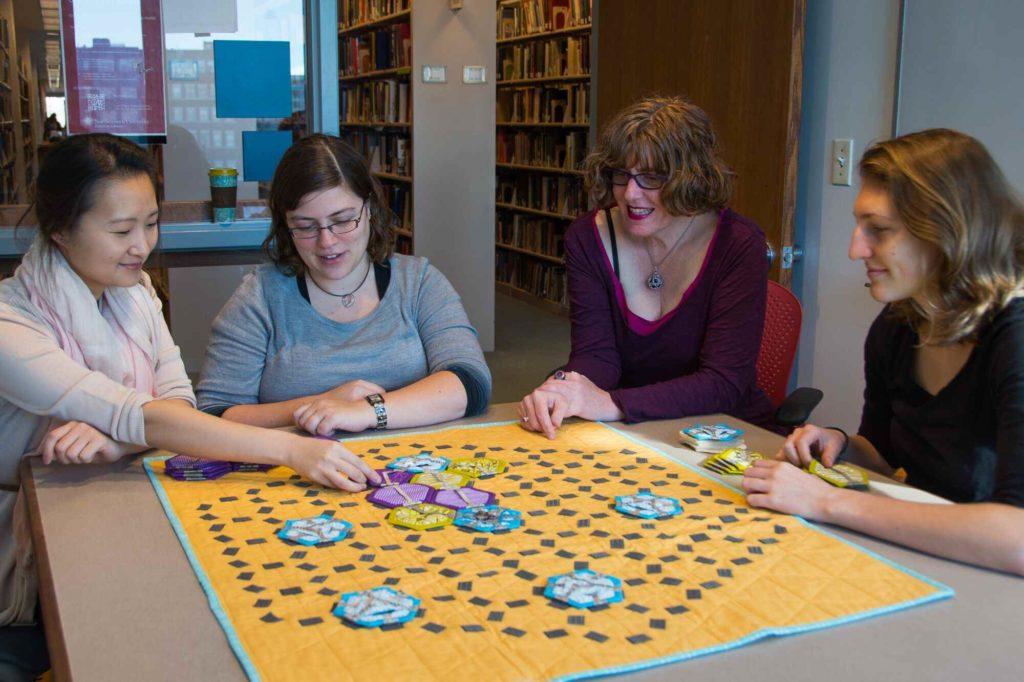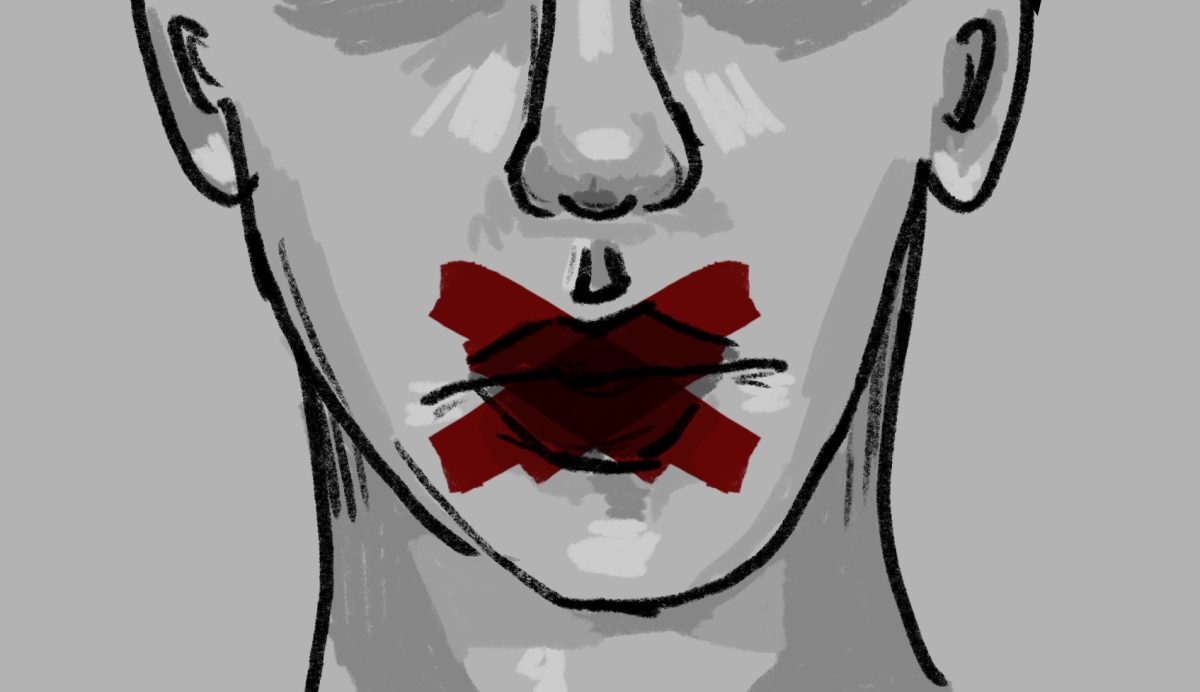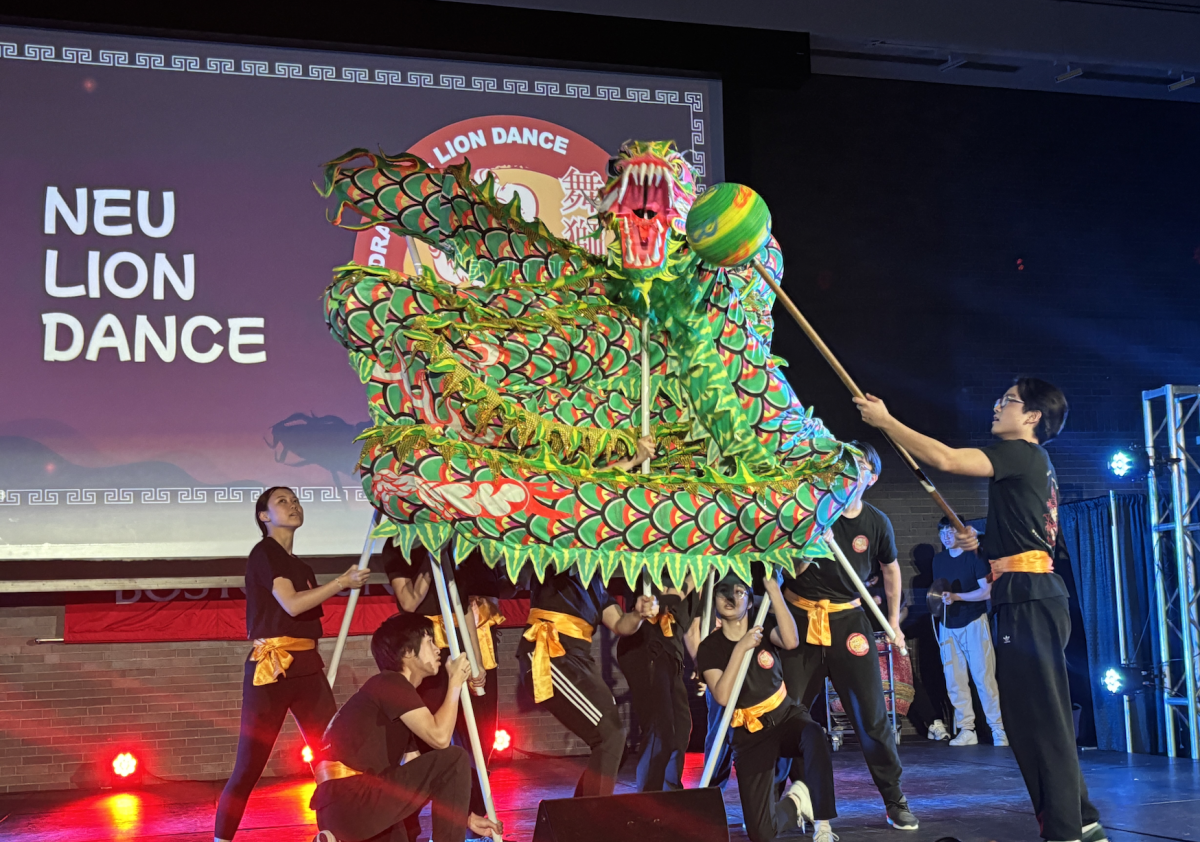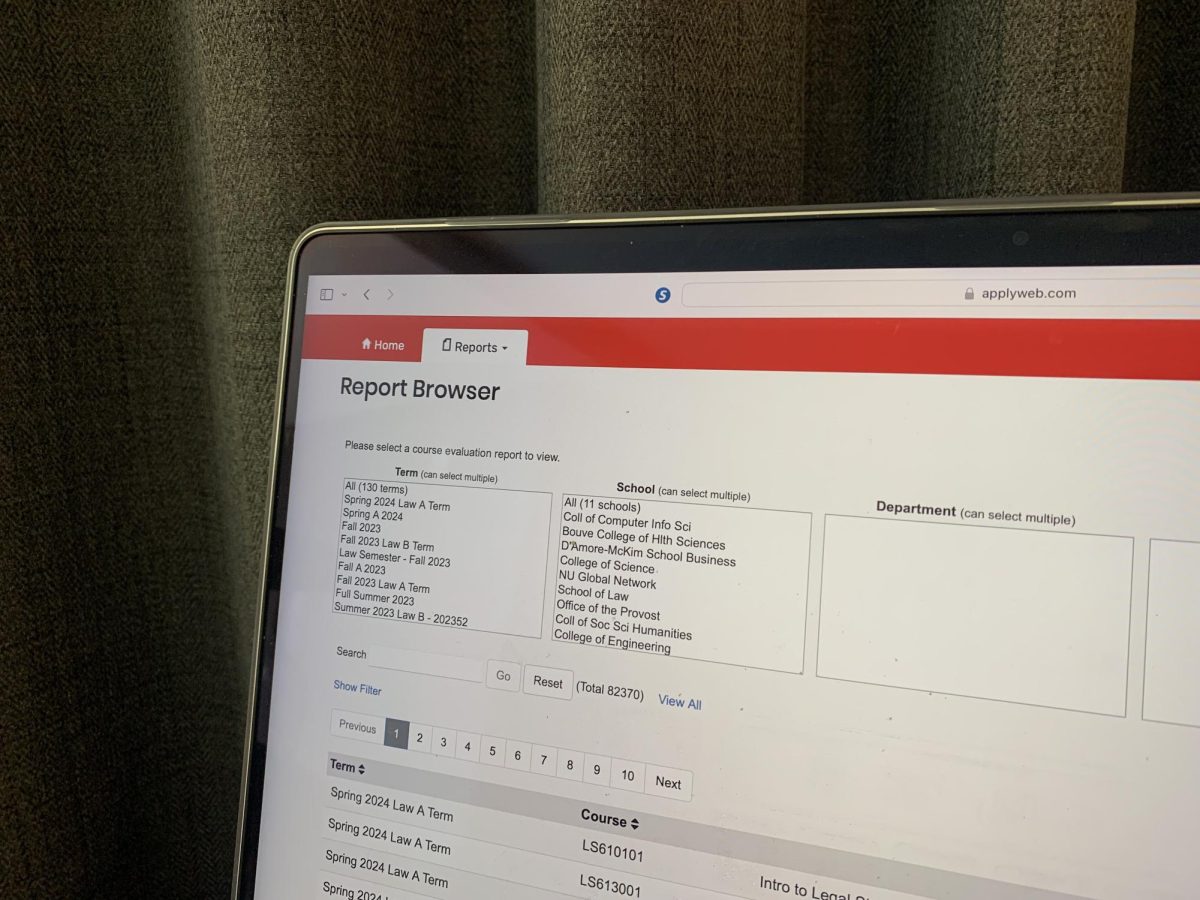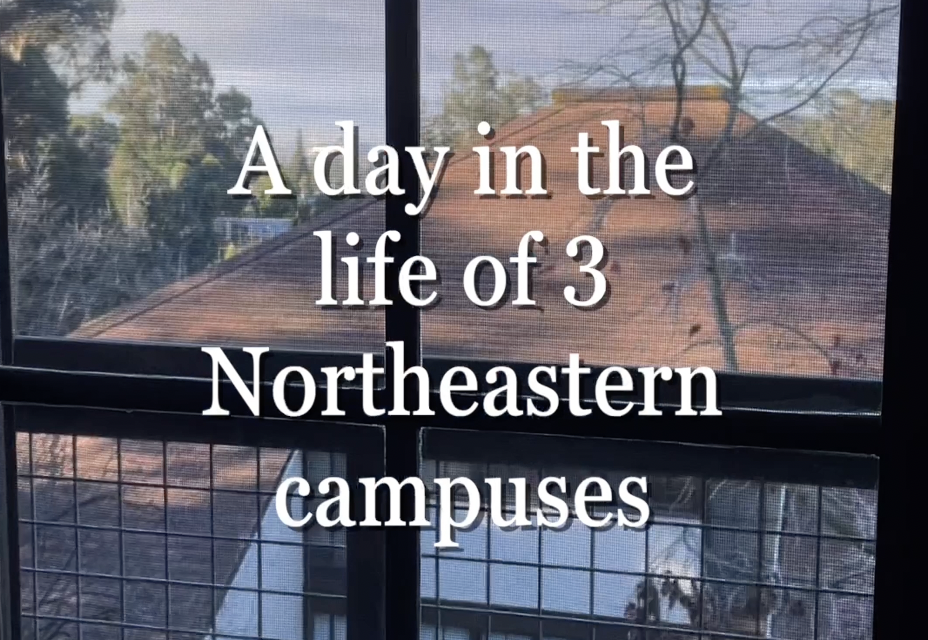By Elise Harmon, news editor
Game enthusiasts will come together in January in the nation’s capital to play indie games at the Smithsonian American Art Museum. Attendeesof Indie Arcade 2015 will be able to play a variety of video games, board games and everything in between, including one developed by a team at Northeastern.
Celia Pearce and Gillian Smith, both professors of game design, have been working for the past year to design eBee. Recently, the game was accepted to the 2015 Indie Arcade, which will be held on Jan. 16 at the Smithsonian.
“eBee is an electronic quilting game,” Smith said. “It merges together ideas from quilting and how to create aesthetically pleasing objects, electronics in terms of how you build circuits and game design.”
In the spring, the two professors received funding from the College of Art, Media and Design’s (CAMD) Faculty and Creative Activity Grant Program. They worked with two students to develop the project: Jeanie Choi, who’s working on her Master of Fine Arts in interdisciplinary arts, and Isabella Carlson, a third-year philosophy and economics major.
Both professors were interested in the idea of creating a product that combined quilting and game design.
“I thought of it as a social experiment,” Pearce said. “We’re always trying to look for ways to get women in technology… why not try something that women stereotypically like and use that as, what I would call, a gateway drug?”
The purpose of the game is to build circuits on a hexagonal grid on a 3-by-3-foot surface. In the middle of the board is a battery, and on the outside are six “islands” with lights on them. Players have to place their quilt pieces on the grid until they reach an island with an LED light, then go back again to make the light turn on.
“People really love it,” Pearce said. “They love the fabric, they love the feel of the textiles, and the thing about the circuit is that is actually teaches you about electricity, which we didn’t set out to do [when we started development].”
This combination of technology with a traditional board game is what led judges to pick the game for the 2015 Indie Arcade, according to Kaylin Lapan, who works on web development and new media programs at the Smithsonian and runs the event.
The program received over 150 applications and accepted 30. The first Indie Arcade was last year and garnered over 4,000 attendees.
“It was a great mix of people that the museum isn’t always successful in drawing,” Lapan said. “Fine art isn’t always accessible to people, but there’s something about video games that everyone can relate to.”
The event organizers wanted to emphasize the connection between analog board games and video games, she said, looking for submissions that bridged both types.
“eBee is a really good example of this,” Lapan said. “It’s this crossover game, almost. With eBee really incorporating this quilting technique in addition to the circuitry, it’s really cool. It’s really cool, it’s everything we want in the analog-to-digital discussion we’re trying to have.”
The game currently exists as a prototype, but the team is looking into developing the game further, both through mass-production and using it as an educational game at museums.
“Bringing quilting and game design together is interesting because it brings two stereotypically very different demographics together,” Smith said. “Quilting is seen as a very feminine craft, a lot of people who are in it are older women, it’s an intergenerational activity; whereas game design, at least stereotypically, is seen as more for sort of young men.”
Photo by Brian Bae







